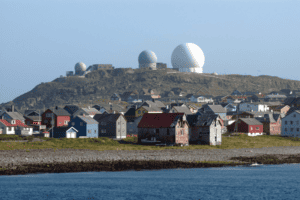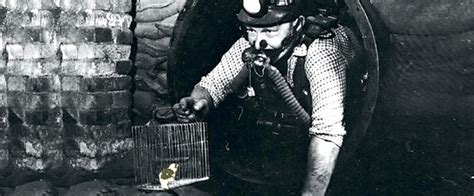Miners used to carry canaries into mines as they were more sensitive to gas and would fall over dead on exposure before the minors were fatally exposed. It almost seems that birds and other wildlife are offering themselves up for sacrifice globally in the hope that this sacrifice will wake us up to our imminent fate if we don’t wake up to the issue. Let’s hope this happens before all the wildlife is gone and the health of this planet’s human population is collectively beyond repair.
This article is taken from one by Athur Firstenberg – a tireless campaigner to educate people on the dangers of EMF. You can read his articles and sign up for his newsletters here .
Recently, an alarming event unfolded on the Varanger Peninsula in Finnmark, Norway, shedding light on a profound environmental crisis. Just as one of the world’s most potent radar stations, Globus III, was erected on the peninsula’s Varanger Island, tens of thousands of birds plummeted lifeless across the landscape. This catastrophe, however, is not an isolated incident confined to Norway but rather part of a larger, global phenomenon.
The installation of 4G+ and 5G services along the southern and eastern coasts of the Varanger Peninsula compounded the issue. At Ekkerøy Nature Reserve, a sanctuary for wildlife, the dire consequences became tragically evident. Over 15,000 endangered kittiwakes met their demise in July and August of 2023. Nesting on high cliffs, these birds were in the direct path of the radar’s emissions, which emanated from a distance of 50 kilometers. The scene was so devastating that the local restaurant had to shutter its doors for the summer due to the influx of deceased birds. The toll on the bird population was severe, with half of the cranes at Ekkerøy perishing alongside other species like terns and gulls.
Civil defense? Wildlife destruction!
 The ominous presence of Globus III, constructed by the United States as part of the Space Fence civil defense network, raises concerns about its undisclosed objectives. While details about the radar station remain shrouded in secrecy, a document unearthed from the U.S. government’s website offers glimpses into its capabilities. This bi-national endeavor comprises a cutting-edge radar system designed to operate on both S-band and X-band frequencies, boasting an array of sophisticated components.
The ominous presence of Globus III, constructed by the United States as part of the Space Fence civil defense network, raises concerns about its undisclosed objectives. While details about the radar station remain shrouded in secrecy, a document unearthed from the U.S. government’s website offers glimpses into its capabilities. This bi-national endeavor comprises a cutting-edge radar system designed to operate on both S-band and X-band frequencies, boasting an array of sophisticated components.
Moreover, similar Space Fence radars are dispersed across the globe, from Kwajalein Island to Western Australia, each equipped with staggering power and coverage. However, the repercussions extend beyond Finnmark’s borders, as evidenced by mass avian mortalities reported in the Netherlands, France, and beyond. The proliferation of telecommunications infrastructure and offshore wind farms has exacted a heavy toll on wildlife, with millions of birds perishing on multiple continents, along with a myriad of other animal species.
While authorities attribute the crisis to avian influenza, discrepancies in testing results cast doubt on this explanation. Despite efforts to link the deaths to influenza viruses, many deceased birds tested negative, while positive cases exhibited diverse viral variants incompatible with transmission patterns observed in nature. Nevertheless, preparations for potential pandemics, such as the stockpiling of vaccines, underscore the gravity of the situation.
The decimation of insect populations, exemplified by the disappearance of lovebugs in Florida, further underscores the ecological upheaval wrought by human activity. Scientific research has implicated wind farms in the decline of bird populations, with offshore installations proving particularly detrimental to marine life, including whales.
Some Good News
Amidst this crisis, communities like Lachkera in India have taken proactive measures to protect their local ecosystems. By eschewing the installation of cell towers, these communities prioritize the well-being of their avian inhabitants over technological advancements. Their actions serve as a beacon of hope in a world grappling with the unintended consequences of modernization.
Going forward
In conclusion, the global extent of bird Armageddon demands urgent attention and concerted action. As we grapple with the complex interplay between technology and ecology, it is imperative to prioritize the preservation of biodiversity and mitigate the adverse impacts of human development on our fragile planet.

